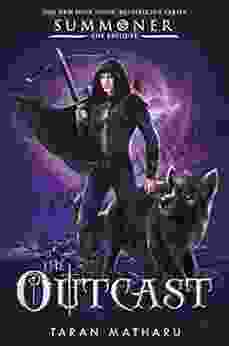Step By Step Classifying Images With Python And Techniques Of Computer Vision

Image classification is a fundamental task in computer vision. It involves assigning a label to an image, based on its content. Image classification has a wide range of applications, such as object detection, scene recognition, and medical diagnosis.
5 out of 5
| Language | : | English |
| File size | : | 6286 KB |
| Screen Reader | : | Supported |
| Print length | : | 254 pages |
| Lending | : | Enabled |
| Paperback | : | 308 pages |
| Reading age | : | 10 - 12 years |
| Grade level | : | 5 - 6 |
| Item Weight | : | 1.17 pounds |
| Dimensions | : | 6 x 0.7 x 9 inches |
| Hardcover | : | 120 pages |
In this tutorial, we will learn how to classify images using Python and techniques of computer vision. We will cover the following topics:
* Loading and preprocessing images * Extracting features from images * Training a classifier * Evaluating the performance of a classifier
Loading and Preprocessing Images
The first step in image classification is to load and preprocess the images. This involves resizing the images to a consistent size, converting them to a common format, and normalizing the pixel values.
Here is an example of how to load and preprocess an image using Python:
import cv2
# Load the image image = cv2.imread("image.jpg")
# Resize the image image = cv2.resize(image, (224, 224))
# Convert the image to RGB format image = cv2.cvtColor(image, cv2.COLOR_BGR2RGB)
# Normalize the pixel values image = image / 255.0
Extracting Features from Images
Once the images have been loaded and preprocessed, the next step is to extract features from them. Features are numerical representations of the image that can be used to train a classifier.
There are many different ways to extract features from images. One common approach is to use a convolutional neural network (CNN). CNNs are a type of deep learning model that is specifically designed for image processing.
Here is an example of how to use a CNN to extract features from an image:
import tensorflow as tf
# Create a CNN model model = tf.keras.models.Sequential([ tf.keras.layers.Conv2D(32, (3, 3),activation="relu", input_shape=(224, 224, 3)),tf.keras.layers.MaxPooling2D((2, 2)),tf.keras.layers.Conv2D(64, (3, 3),activation="relu"),tf.keras.layers.MaxPooling2D((2, 2)),tf.keras.layers.Flatten(),tf.keras.layers.Dense(128, activation="relu"),tf.keras.layers.Dense(10, activation="softmax") ])
# Extract features from the image features = model.predict(image)
Training a Classifier
Once the features have been extracted from the images, the next step is to train a classifier. A classifier is a model that can assign a label to an image, based on its features.
There are many different types of classifiers that can be used for image classification. One common approach is to use a support vector machine (SVM). SVMs are a type of machine learning model that is specifically designed for classification tasks.
Here is an example of how to train an SVM classifier for image classification:
import sklearn.svm
# Create an SVM classifier classifier = sklearn.svm.SVC()
# Train the classifier classifier.fit(features, labels)
Evaluating the Performance of a Classifier
Once the classifier has been trained, the next step is to evaluate its performance. This involves testing the classifier on a new set of images that it has not seen before.
The performance of a classifier is typically evaluated using the following metrics:
* Accuracy: The accuracy of a classifier is the percentage of images that it correctly classifies. * Precision: The precision of a classifier is the percentage of images that it correctly classifies as positive, out of all the images that it classifies as positive. * Recall: The recall of a classifier is the percentage of images that it correctly classifies as positive, out of all the images that are actually positive.
Here is an example of how to evaluate the performance of a classifier:
import sklearn.metrics
# Test the classifier on a new set of images predictions = classifier.predict(test_features)
# Calculate the accuracy, precision, and recall of the classifier accuracy = sklearn.metrics.accuracy_score(test_labels, predictions) precision = sklearn.metrics.precision_score(test_labels, predictions) recall = sklearn.metrics.recall_score(test_labels, predictions)
# Print the accuracy, precision, and recall of the classifier print("Accuracy:", accuracy) print("Precision:", precision) print("Recall:", recall)
In this tutorial, we have learned how to classify images using Python and techniques of computer vision. We covered the following topics:
* Loading and preprocessing images * Extracting features from images * Training a classifier * Evaluating the performance of a classifier
I hope this tutorial has been helpful. If you have any questions, please feel free to leave a comment below.
5 out of 5
| Language | : | English |
| File size | : | 6286 KB |
| Screen Reader | : | Supported |
| Print length | : | 254 pages |
| Lending | : | Enabled |
| Paperback | : | 308 pages |
| Reading age | : | 10 - 12 years |
| Grade level | : | 5 - 6 |
| Item Weight | : | 1.17 pounds |
| Dimensions | : | 6 x 0.7 x 9 inches |
| Hardcover | : | 120 pages |
Do you want to contribute by writing guest posts on this blog?
Please contact us and send us a resume of previous articles that you have written.
 Book
Book Novel
Novel Page
Page Chapter
Chapter Text
Text Story
Story Genre
Genre Reader
Reader Library
Library Paperback
Paperback E-book
E-book Magazine
Magazine Newspaper
Newspaper Paragraph
Paragraph Sentence
Sentence Bookmark
Bookmark Shelf
Shelf Glossary
Glossary Bibliography
Bibliography Foreword
Foreword Preface
Preface Synopsis
Synopsis Annotation
Annotation Footnote
Footnote Manuscript
Manuscript Scroll
Scroll Codex
Codex Tome
Tome Bestseller
Bestseller Classics
Classics Library card
Library card Narrative
Narrative Biography
Biography Autobiography
Autobiography Memoir
Memoir Reference
Reference Encyclopedia
Encyclopedia Ruthie Godfrey
Ruthie Godfrey Sally Hull
Sally Hull Ted Macauley
Ted Macauley Sigmund Brouwer
Sigmund Brouwer Simon Curtis
Simon Curtis Terry Frei
Terry Frei Sheldon Axler
Sheldon Axler Sam Day
Sam Day Robert J Meurn
Robert J Meurn Robert Garner
Robert Garner K M Robinson
K M Robinson Amy Hest
Amy Hest Ron Houchin
Ron Houchin Tracy Partridge Johnson
Tracy Partridge Johnson Roxy Eloise
Roxy Eloise Victoria London
Victoria London Roger Naylor
Roger Naylor Sara B Larson
Sara B Larson Sarah Withrow King
Sarah Withrow King Shekhar Guha
Shekhar Guha
Light bulbAdvertise smarter! Our strategic ad space ensures maximum exposure. Reserve your spot today!

 Marc FosterArmy Techniques Publication ATP 21-20 Infantry Battalion (December 2024): The...
Marc FosterArmy Techniques Publication ATP 21-20 Infantry Battalion (December 2024): The...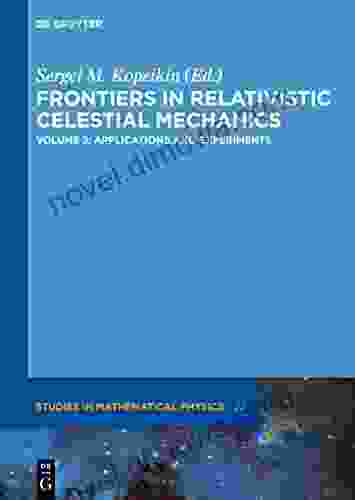
 Alexander BlairApplications and Experiments: Unlocking the Secrets of Mathematical Physics
Alexander BlairApplications and Experiments: Unlocking the Secrets of Mathematical Physics Carlos DrummondFollow ·5.1k
Carlos DrummondFollow ·5.1k Julio Ramón RibeyroFollow ·16.8k
Julio Ramón RibeyroFollow ·16.8k Norman ButlerFollow ·15.1k
Norman ButlerFollow ·15.1k Stephen FosterFollow ·12k
Stephen FosterFollow ·12k Cormac McCarthyFollow ·9.2k
Cormac McCarthyFollow ·9.2k Giovanni MitchellFollow ·15.3k
Giovanni MitchellFollow ·15.3k Angelo WardFollow ·18.1k
Angelo WardFollow ·18.1k Anton FosterFollow ·2.2k
Anton FosterFollow ·2.2k

 Leo Mitchell
Leo MitchellRide the Waves with "Surfer Girl" by Tricia De Luna: A...
Prepare to be...
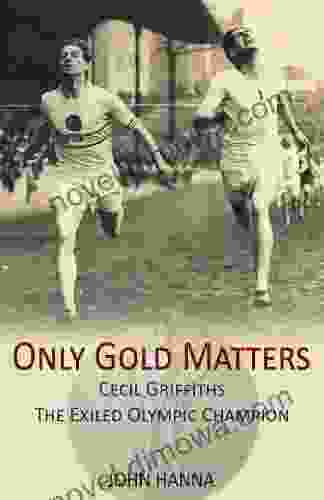
 William Faulkner
William FaulknerCecil Griffiths: The Exiled Olympic Champion
Cecil Griffiths was...
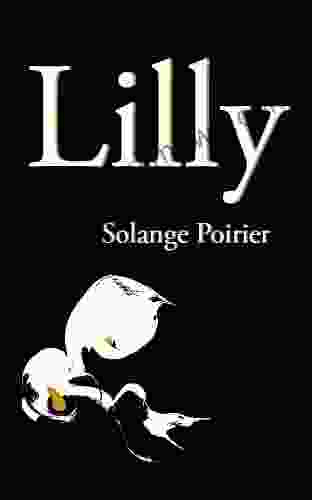
 Cortez Reed
Cortez ReedLilly Blue Iris Stanley Gene: A Captivating Literary...
Enter a Realm of...
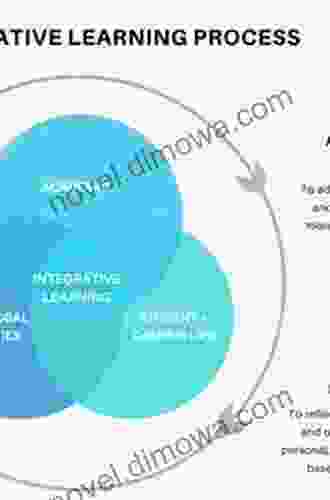
 Art Mitchell
Art MitchellFrom Vision to Implementation: An Integrative Approach to...
Unleash the Power...

 William Powell
William PowellDiscover the Heartwarming Journey of a Grandfather and...
In a quaint little town nestled amidst...
5 out of 5
| Language | : | English |
| File size | : | 6286 KB |
| Screen Reader | : | Supported |
| Print length | : | 254 pages |
| Lending | : | Enabled |
| Paperback | : | 308 pages |
| Reading age | : | 10 - 12 years |
| Grade level | : | 5 - 6 |
| Item Weight | : | 1.17 pounds |
| Dimensions | : | 6 x 0.7 x 9 inches |
| Hardcover | : | 120 pages |



